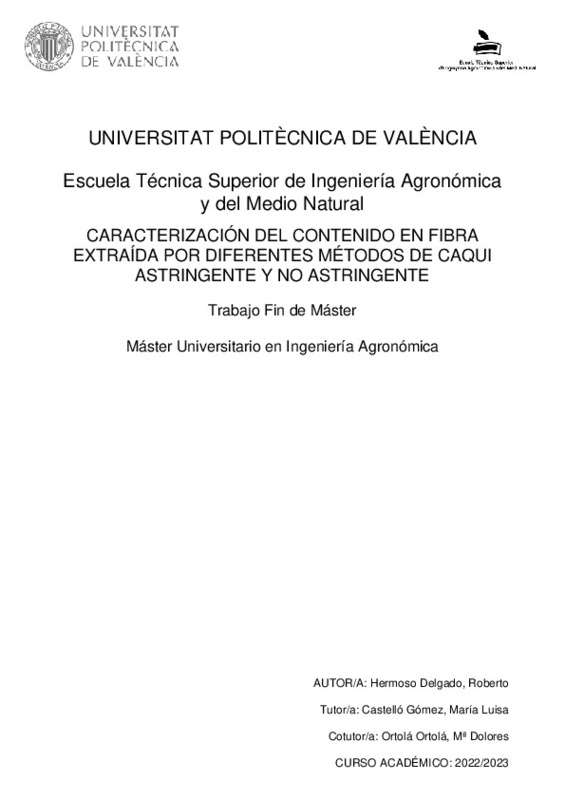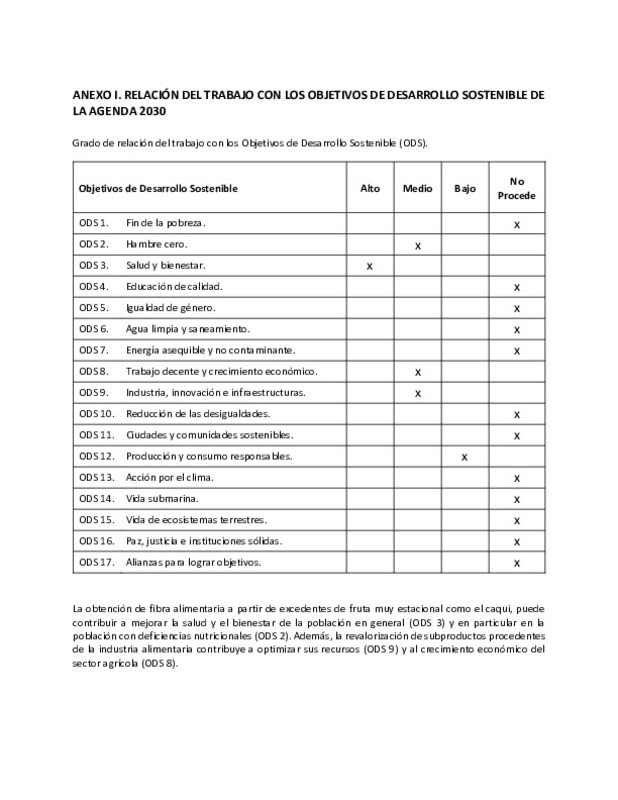JavaScript is disabled for your browser. Some features of this site may not work without it.
Buscar en RiuNet
Listar
Mi cuenta
Estadísticas
Ayuda RiuNet
Admin. UPV
Caracterització del contingut en fibra obtinguda per diferents mètodes de caqui astringent i no astringent
Mostrar el registro completo del ítem
Hermoso Delgado, R. (2023). Caracterització del contingut en fibra obtinguda per diferents mètodes de caqui astringent i no astringent. Universitat Politècnica de València. http://hdl.handle.net/10251/195105
Por favor, use este identificador para citar o enlazar este ítem: http://hdl.handle.net/10251/195105
Ficheros en el ítem
Metadatos del ítem
| Título: | Caracterització del contingut en fibra obtinguda per diferents mètodes de caqui astringent i no astringent | |||
| Otro titulo: |
|
|||
| Autor: | Hermoso Delgado, Roberto | |||
| Director(es): | ||||
| Entidad UPV: |
|
|||
| Fecha acto/lectura: |
|
|||
| Resumen: |
[ES] La elevada producción de caqui de la variedad Rojo Brillante en la Comunidad Valenciana, el destrío y sus excedentes, plantean la necesidad de buscar alternativas al consumo de esta fruta en fresco. Por sus propiedades ...[+]
[EN] The high production of the Rojo Brillante variety of persimmon in the Valencian Community, the waste and the surpluses, raise the need to look for alternatives to the consumption of this fruit in fresh. Because of its ...[+]
|
|||
| Palabras clave: |
|
|||
| Derechos de uso: | Reserva de todos los derechos | |||
| Editorial: |
|
|||
| Titulación: |
|
|||
| Tipo: |
|
recommendations
Este ítem aparece en la(s) siguiente(s) colección(ones)
-
ETSIAMN - Trabajos académicos [3555]
Escuela Técnica Superior de Ingeniería Agronómica y del Medio Natural








